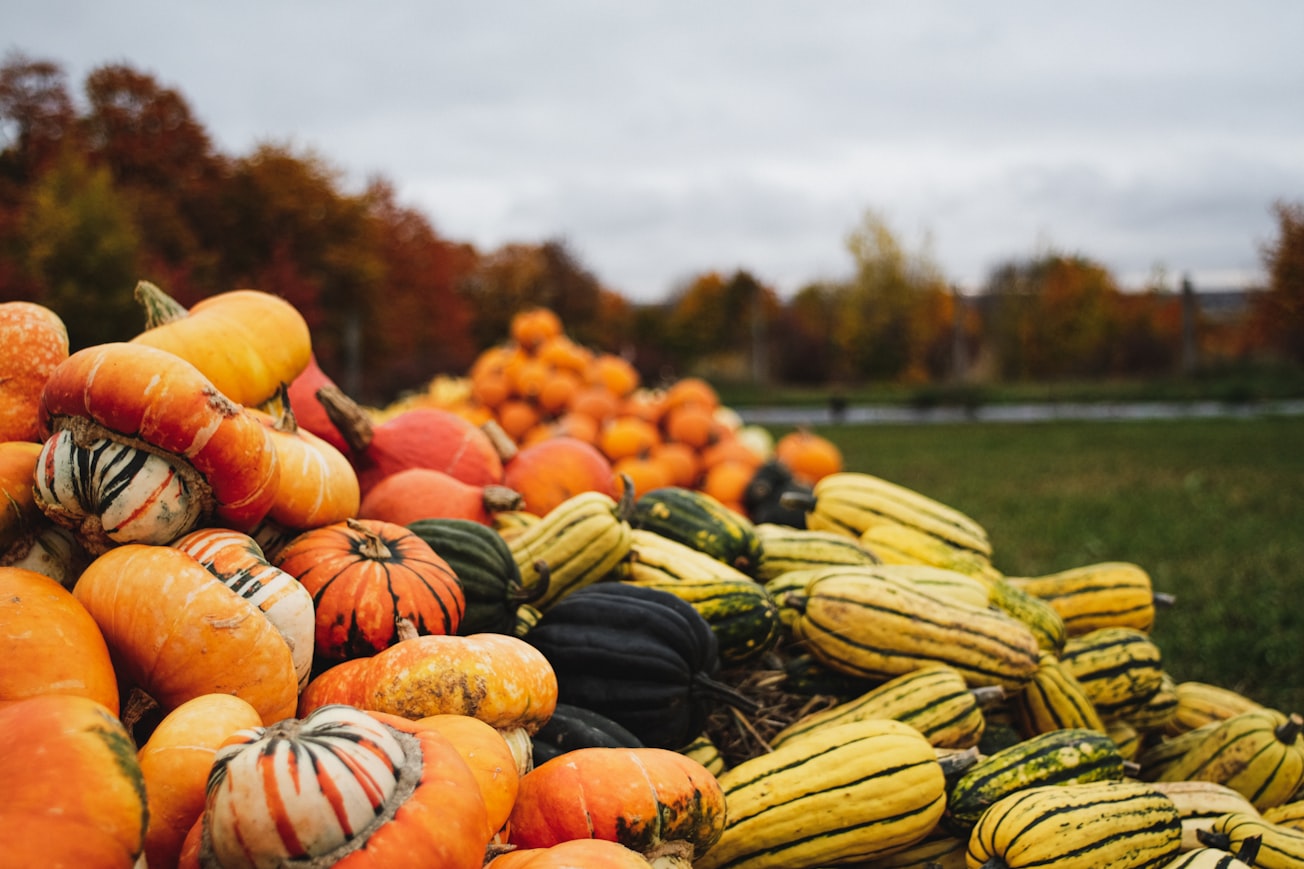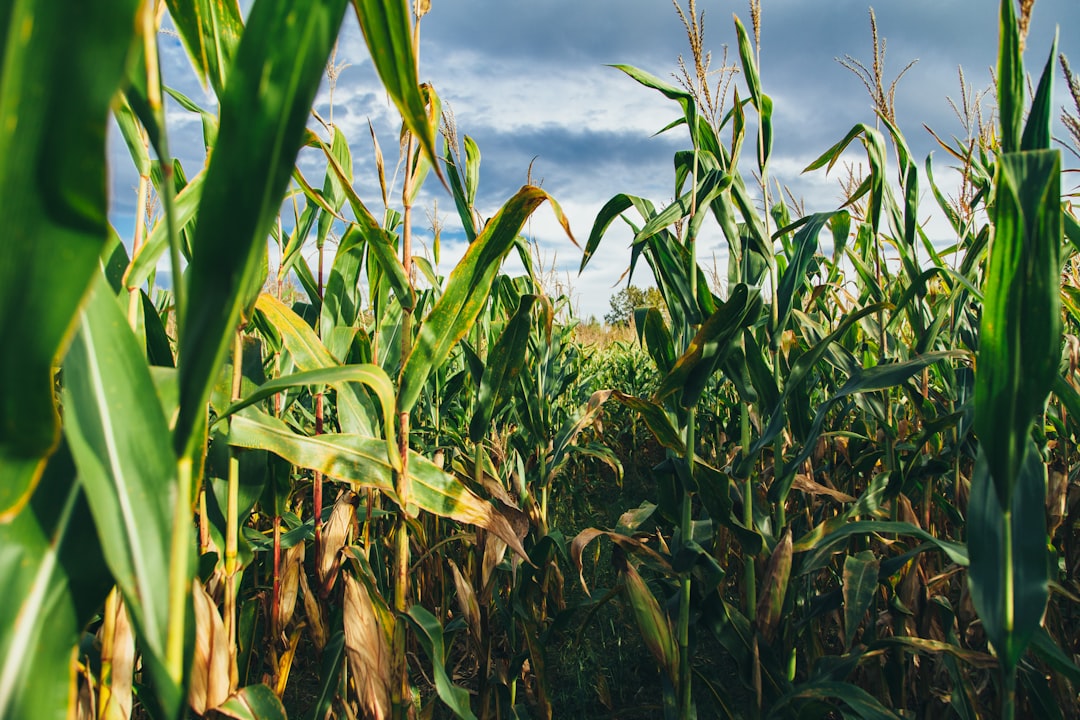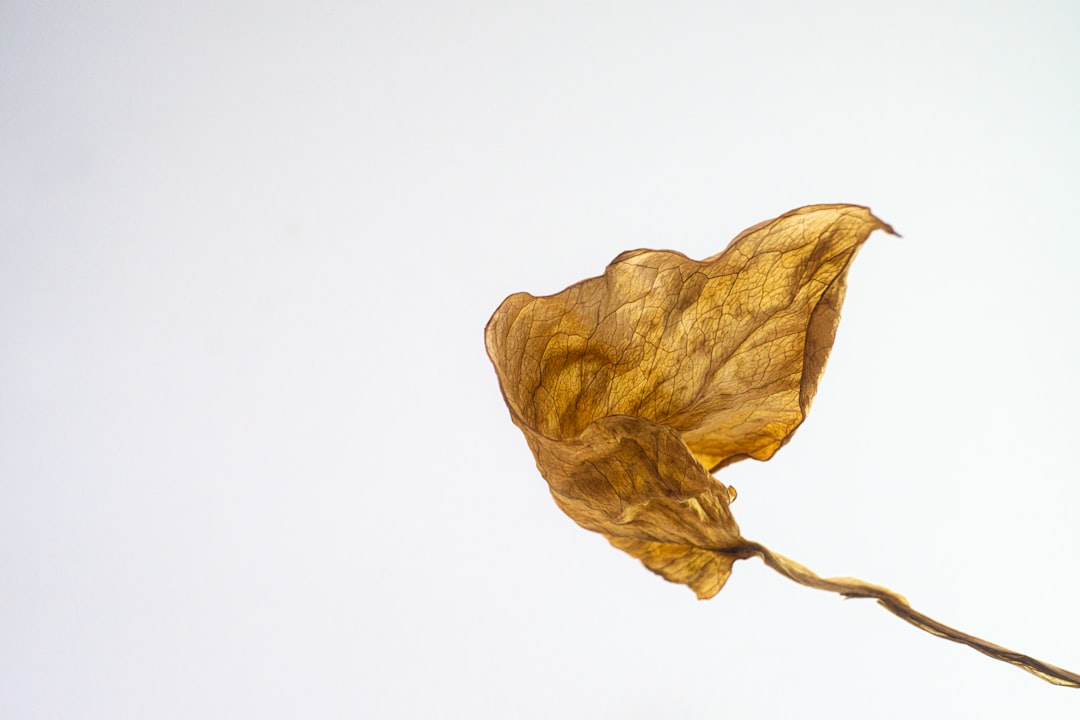What is it about?
A major challenge in agriculture is finding solutions to manage crop-damaging pests while protecting beneficial organisms such as pollinators. In this work, we show that different applications of the insecticide thiamethoxam do not provide a sustainable solution for growers because while some treatments provided efficient pest control, they also produced pesticide residues in flowers that put bees at lethal risk.
Featured Image

Photo by Christophe Dion on Unsplash
Why is it important?
Much of the current research has focused either on pesticide effects on beneficial insects or pest control efficiency, however, it is important to integrate these two aspects of crop management to better assess the trade-off of pesticide use and to find solutions to reduce or avoid pesticide exposure to non-target organisms.
Perspectives
I hope that this article exposes the dilemmas that growers face when producing food. We ask them to produce sustainably but more research and support is needed to achieve this goal, that ultimately would benefit the society at large.
Diana Obregon
Cornell University
Read the Original
This page is a summary of: The pest control and pollinator protection dilemma: The case of thiamethoxam prophylactic applications in squash crops, PLoS ONE, May 2022, PLOS,
DOI: 10.1371/journal.pone.0267984.
You can read the full text:
Contributors
The following have contributed to this page










